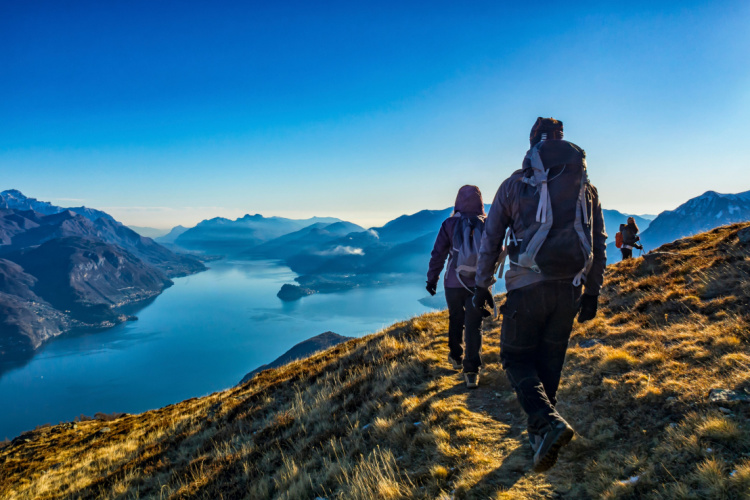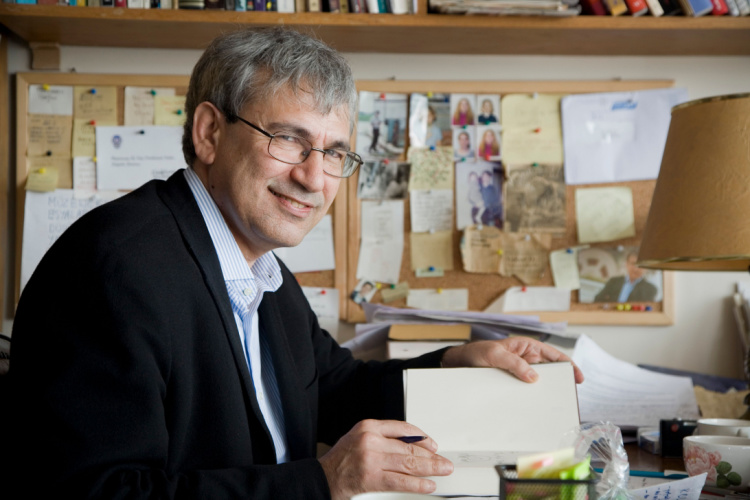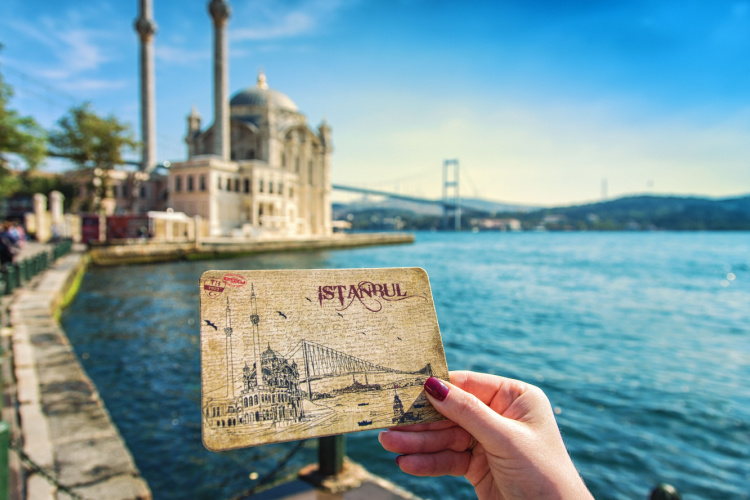
BLOG
- ELİTE WORLD HOTELS & RESORTS
- BLOG
- FROM HİSTORY TO CONCEPT: TURKEY'S BEST MUSEUMS THAT YOU NEED TO VİSİT
From History to Concept: Turkey's Best Museums That You Need to Visit
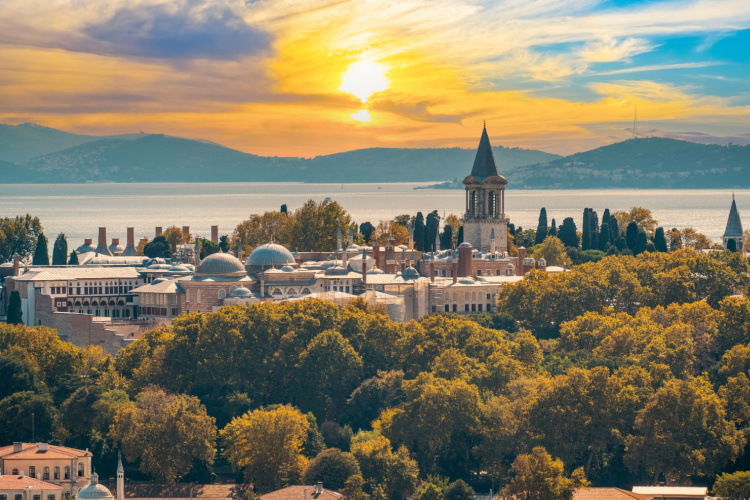
Museums present detailed information about the historical past of societies to visitors in a tangible way. Turkey is quite affluent in museums where works of art and science are collected and exhibited. Some of the museums deeply fascinate visitors with their rich history. In this article, we have included the 5 best museums in Turkey that you need to visit. Here are the magnificent museums that are hosted by Turkey!
The Palace That Hosted the Ottoman Sultans: Topkapı Palace Museum
Topkapı Palace Museum in Istanbul was built by Fatih Sultan Mehmet between 1460-1478. The palace was inspired by the Edirne Palace in Edirne. After its construction, Ottoman sultans started to live in this palace. Topkapı Palace takes its current form with the details that are added to the palace architecture by the sultans who ascended to the throne. Every detail, from the physical structure of the palace to its sections, is designed in the most ideal way for the sultans to live their lives.
The palace generally consists of four parts. The first part is the service and protection area, the second part is the administrative center area, the third part is the education area, and the fourth part is the place where the sultans live their private lives, called the harem. Topkapı Palace, which hosted sultans and courtiers until the mid-19th century, was turned into a museum on April 3, 1924. The outstanding feature of the Topkapı Palace Museum is that it is the first museum of the Republic period. If you would like to see the Topkapı Palace Museum, a legacy of Ottoman history, you can visit the museum between 09.00-18.00, except Tuesdays.
The Building That Witnessed the Republic Era: Republic Museum
The Republic Museum building was built in Ankara in 1923 by Vedat Tek as the Republican People's Party building. Since the National Assembly building of that period did not have sufficient capacity, it was reorganized as a parliament building upon Atatürk's instructions.
When you enter the museum, you are greeted by arches, eaves, ceiling workmanship and tiles that reflect the architecture of the Republic. The Republic Museum, which was used as the General Assembly Hall of the Grand National Assembly of Turkey until 1960, witnessed many developments, from the realization of Atatürk's revolution and principles to the beginning of the multi-party era. Another factor that makes the Republic Museum important is that Atatürk read the Great Speech here for 6 days on 15-20 October 1927.
The parliament building was converted into a museum in 1981, where the belongings of the presidents and the laws and decisions taken by the parliament of the period are exhibited. The Republic Museum, where important works that witness the Republic period and its aftermath are exhibited, continues to welcome its visitors between 09.00-17.00.
The Monastery at the Foothills of the Mountain: Sumela Monastery
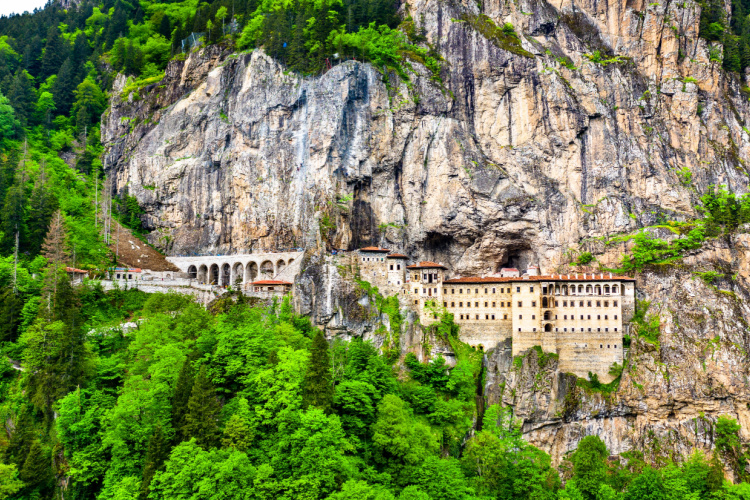
Sumela Monastery is located in the Maçka district of Trabzon. Although its full name is Panagia Sumela, it is also known as the Virgin Mary. Sumela Monastery thought to have been built during the Byzantine Period between 365-395 AD, is a school that trained monks of the period. It is architecturally similar to the churches of Cappadocia.
The Greek Orthodox monastery and church complex is located at an altitude of 1150 meters from the sea and 300 meters from the valley. There is no definitive information about the construction of the Sumela Monastery, which was included in the World Heritage Tentative List by UNESCO. Rumor has it that two monks named Barnabas and Sophronios, who had the same dream, set out for Trabzon. The monks who met here started building the monastery immediately after telling each other their dreams. Based on the frescoes found in the building, it is thought that the founder of the monastery was Alexios III Angelos, the emperor of the period.
If you would like to visit the Sumela Monastery, which has a mysterious past, the museum is open to visitors any day of the week between 08.00 and 18.00.
One of the Most Famous Palaces: Ishak Pasha Palace
Ishak Pasha Palace, whose construction started in 1685 and was completed in 99 years, is located in Doğubayazıt district of Ağrı. Although its name is called a palace, the building is actually defined as a social complex rather than a palace. It is the most famous palace in Turkey after Topkapı Palace.
The palace, which is the last great monument of the Tulip Period, consists of a tomb, library, mosque, dormitory, harem and greeting sections. It bears traces of Seljuk, Ottoman, and Persian architecture. When you examine the eastern façade of the Ishak Pasha Palace, which has been included in the World Heritage Tentative List by UNESCO since 2000, it is possible to see the features of Seljuk art with reliefs and decorations. In addition, the building bears traces of Western-based movements such as Baroque, gothic, rococo and imperial.
You can visit Ishak Pasha Palace between 09.30-19.00 on any day of the week except Mondays.
From Rose Garden to Museum: Mevlâna Museum
The Mevlâna Museum, located in Konya and also known as Tomb of Mevlâna, has been operating as a museum since 1926. The area was used as a rose garden before being given as a gift by Alâeddin Keykubad to Mevlâna’s father, Sultânü’l-Ulemâ Bâhaeddin Veled. In the garden of the museum, there is a fountain built by Selim I. It is said that the hub of this fountain was given as a gift by the Germiyanoğulları.
Since the Mevlevi dervish lodge has an important place in Turkish-Islamic culture, it is preserved and turned into a museum when the lodges and zawiyas are closed. Mevlâna Museum is among the most visited museums today. Inside the museum, dervish lodge items, a green dome, patience stones, eight-string violins and valuable items are exhibited. The museum also hosts the graves of Mevlâna and his family members.
The year 2023 was designated as the "Year of Mevlâna" by the Presidential circular in order to commemorate Mevlâna on the 750th anniversary of his death. If you would like to visit the Mevlâna Museum, the museum welcomes visitors any day of the week between 09.00-17.00.










